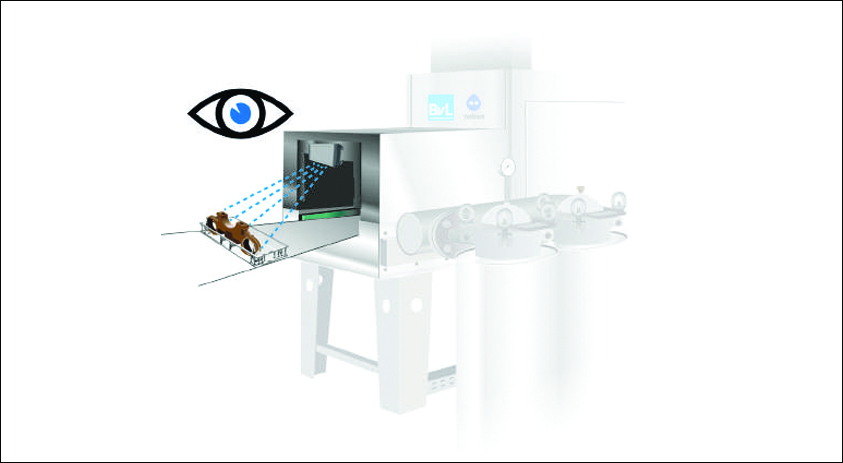Remote laser welding and cutting
February 12, 2016 3:22 pm
Discusses disadvantages, disadvantages and the potential application areas of remote laser welding and cutting
In remote laser application can be defined as laser beam material processing with focal length larger than in conventional related processes. Due to the longer working distance small changes of the position of a mirror or optics manipulator effects fast and large deflections of the laser beam focus on the work-piece. In order to profit from the longer focal length, the possibility of process gas supply or auxiliary wire feed through the optic is relinquished. High brilliant laser beam sources are used in order to reach the threshold intensities to start and keep running the processes, which differ in general from their related non remote process.
“Today, remote technology is used in various industrial applications, like laser beam welding or marking. Realising the spot displacement with scanners or scanner-less approaches, high focus velocities can be achieved on the workpiece. This results in minimised non-productive times since the jump movement between one processing zone and the next is done in milliseconds. Almost independent from the number of contours and the distance between them, the resulting cycle time is thereby defined by the process itself. Having such little laser-off times, the productivity increases in comparison to conventional laser beam welding processes and is equivalent to an optimisation of the cycle time,” explains S K Palit, Head Product Improvement Equipment Quality, CCC and Technical Support, Ador Welding Ltd.
In addition to that the high jump velocities from one processing zone to the next (with more than 5 m/s) hold the possibility to optimise the part quality. At the remote laser welding or cutting for instance, the sequence of the seams and edges applied on the work-piece affect the development of heat induced distortions. By optimising that sequence, the thermal energy is inserted in a homogeneous way without building up internal tensions.
Using long focal lengths in the scale of 300 to 1600 mm, the remote technology enhances the accessibility of the laser beam to the processing area. Since the optics is not directly above the work-piece, angled designs are no longer interfering and parts with cavernous processing areas can be treated. The long focal length has another advantage regarding the system technology. Plume and particularly spatters, emerging from the processing zone, are barely reaching the optical elements and do not obstruct cover glasses.
“For the processes carried out with remote technology the benefits mean an advance in terms of production speed and flexibility,” states Palit.
Advantages and disadvantagesFollowing are the few advantages of remote laser welding and cutting:
• High maneuverability• Highly focused spot, where the heating is localised• Minimum distortion to target material• No force is exerted on the work-piece• Non-contact process and no wear and tear of tool• Not affected by magnetic field• Angular operation is possible• High speed of processing (improved productivity)• Adaptability with existing machines• Ability to operate inaccessible areas
Following are the few disadvantages of remote laser welding and cutting:• Cost of machine and operator is high• High cost of operational maintenance• Laser safety
Potential areasTalking about the potential areas of remote laser welding and cutting, Palit says, “Laser is probably the most versatile tool available for various material processing applications like welding, drilling, cutting, heat treatment (hardening, annealing, glazing, cladding) as well as certain very special applications like clearing of space debris, laser balancing, remote decontamination and decommissioning of components of unused nuclear installations, laser ablation, oil and gas exploration, automotive industry etc.”
Product or solution for laser weldingWhen asked about the product or solution the company has for the laser welding segment, Palit says, “At present, Ador Welding Ltd does not have in its range any product or solution for laser welding or cutting. But looking forward, Ador’s plan is to invest in the research and development of laser processes for industrial metal fabrication applications.”
Cookie Consent
We use cookies to personalize your experience. By continuing to visit this website you agree to our Terms & Conditions, Privacy Policy and Cookie Policy.
















 English
English Hindi
Hindi